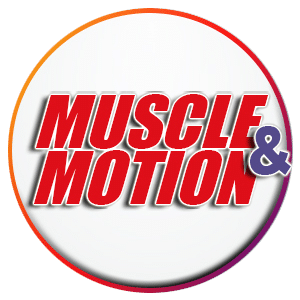Running is a popular form of exercise and sport that offers numerous health benefits. Adding yoga to your running routine can elevate your performance and flexibility while reducing injury risks and serving as a tool in rehabilitation.
In this Muscle and Motion article, we explore the prevalent injuries among runners and examine how yoga can be advantageous for runners in preventing and managing these injuries and enhancing running overall performance.
Which type of injuries are common in running?
ֿRunning is widely recognized for its health benefits but poses a risk of injury due to its repetitive nature. A comprehensive understanding of these injuries is crucial for prevention and effective management. A systematic review by Kakouris et al., (2021) provides valuable insights into the most common injuries runners encounter.
Achilles tendinopathy
The review highlights Achilles tendinopathy as the most common injury, affecting 10.3% of runners. This condition, often resulting from overuse, involves inflammation or degeneration of the Achilles tendon.
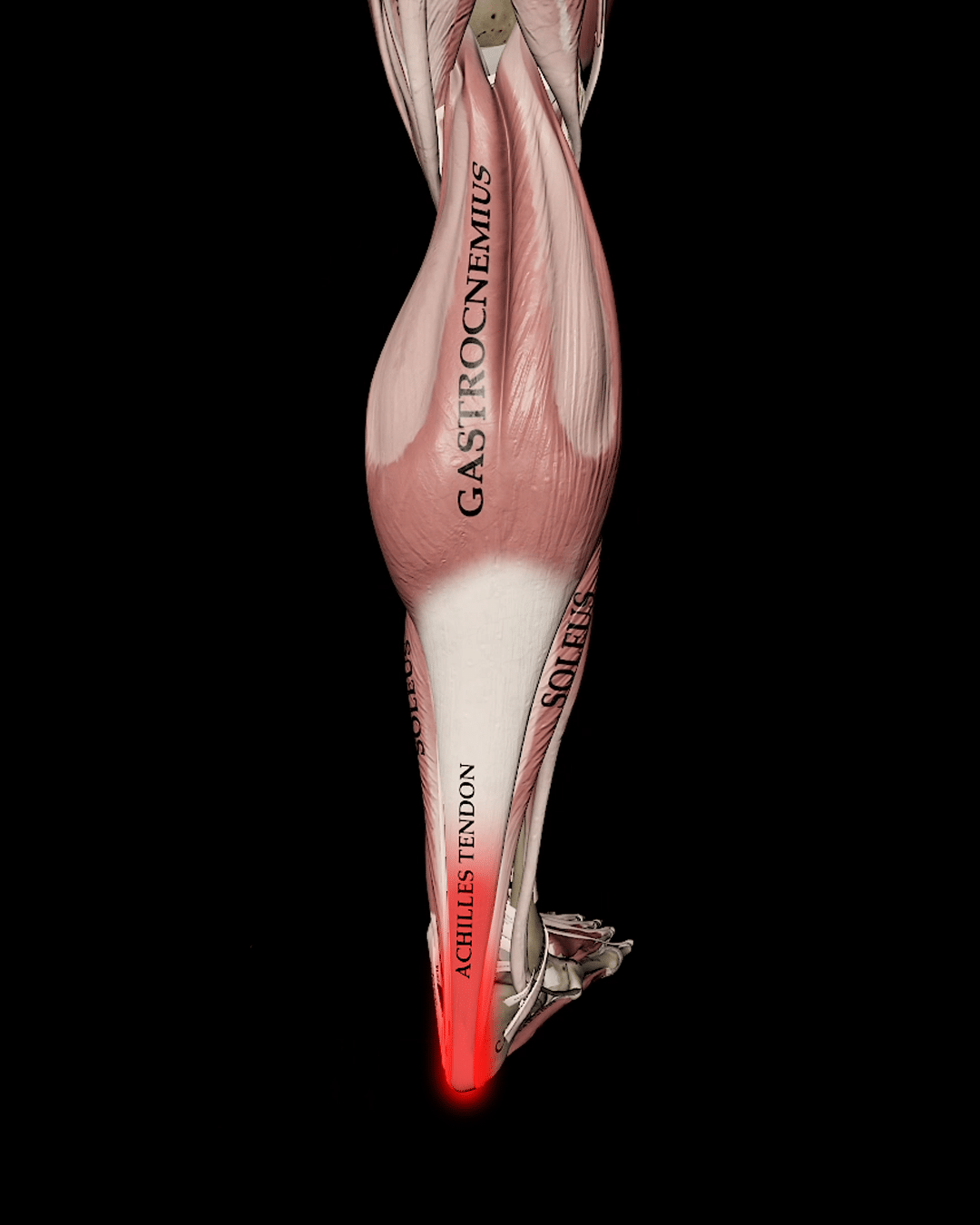
Medial tibial stress syndrome
Medial tibial stress syndrome (MTSS), commonly known as shin splints, is a condition that causes pain along the shinbone (tibia), which is the large bone in the front of your lower leg. It’s particularly prevalent among runners, affecting about 9.5% of them, but it can also impact people who engage in activities with high levels of walking, jumping, or running.
Runner’s knee
Another significant injury is patellofemoral pain syndrome (PFPS), affecting 9.2% of the running population. PFPS, often described as “runner’s knee,” involves pain around the kneecap and is frequently linked to imbalances in muscle strength and alignment issues in the lower extremities.[1]
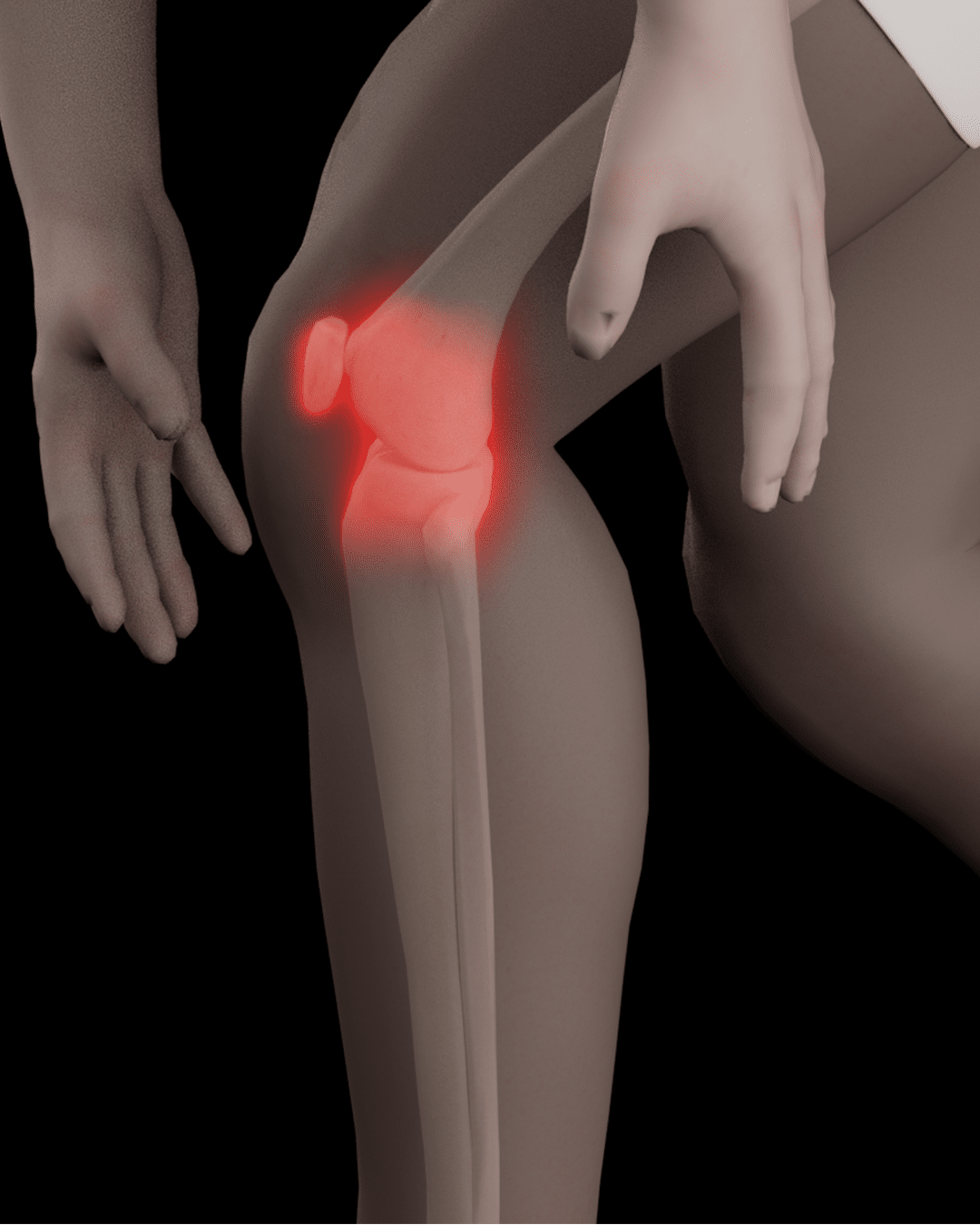
Plantar fasciitis
Plantar fasciitis, impacting 9.1% of runners, is also a common complaint. This condition involves pain and inflammation of the plantar fascia, the thick band of tissue that runs across the bottom of the foot and connects the heel bone to the toes. Plantar fasciitis is often most painful during the first steps after waking up or after long periods of standing.[1]
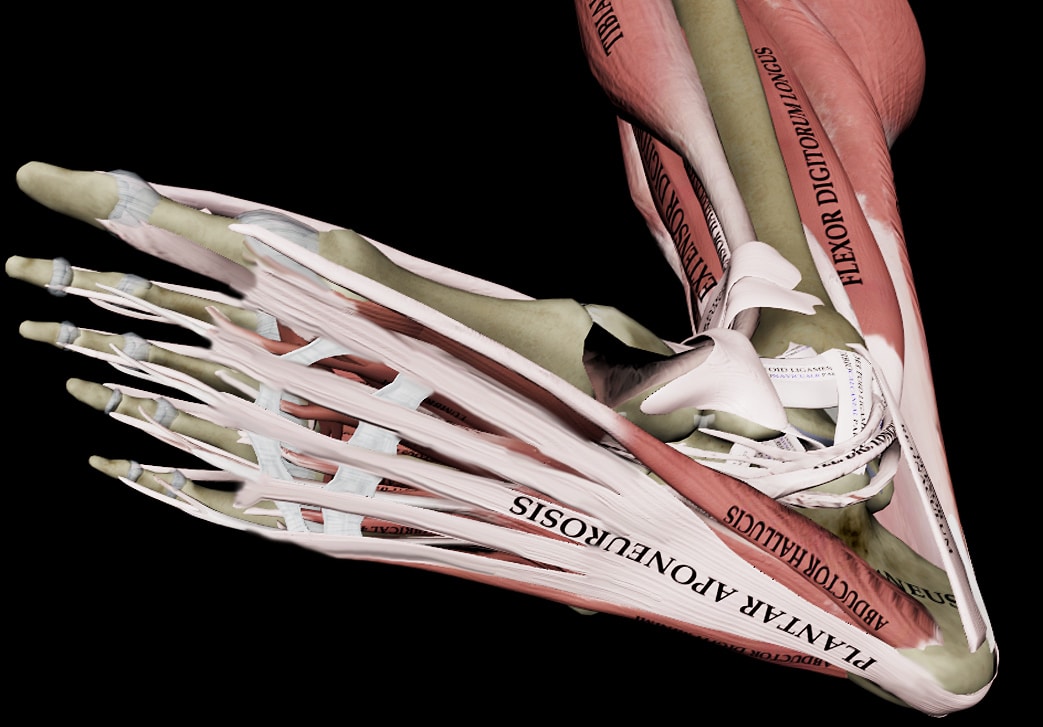
Iliotibial band syndrome
Lastly, iliotibial band syndrome (ITBS) affects 7.8% of runners. ITBS is characterized by pain on the outside of the knee, where the iliotibial band, a ligament that runs down the outside of the thigh from the hip to the shin, becomes tight or inflamed.[1]
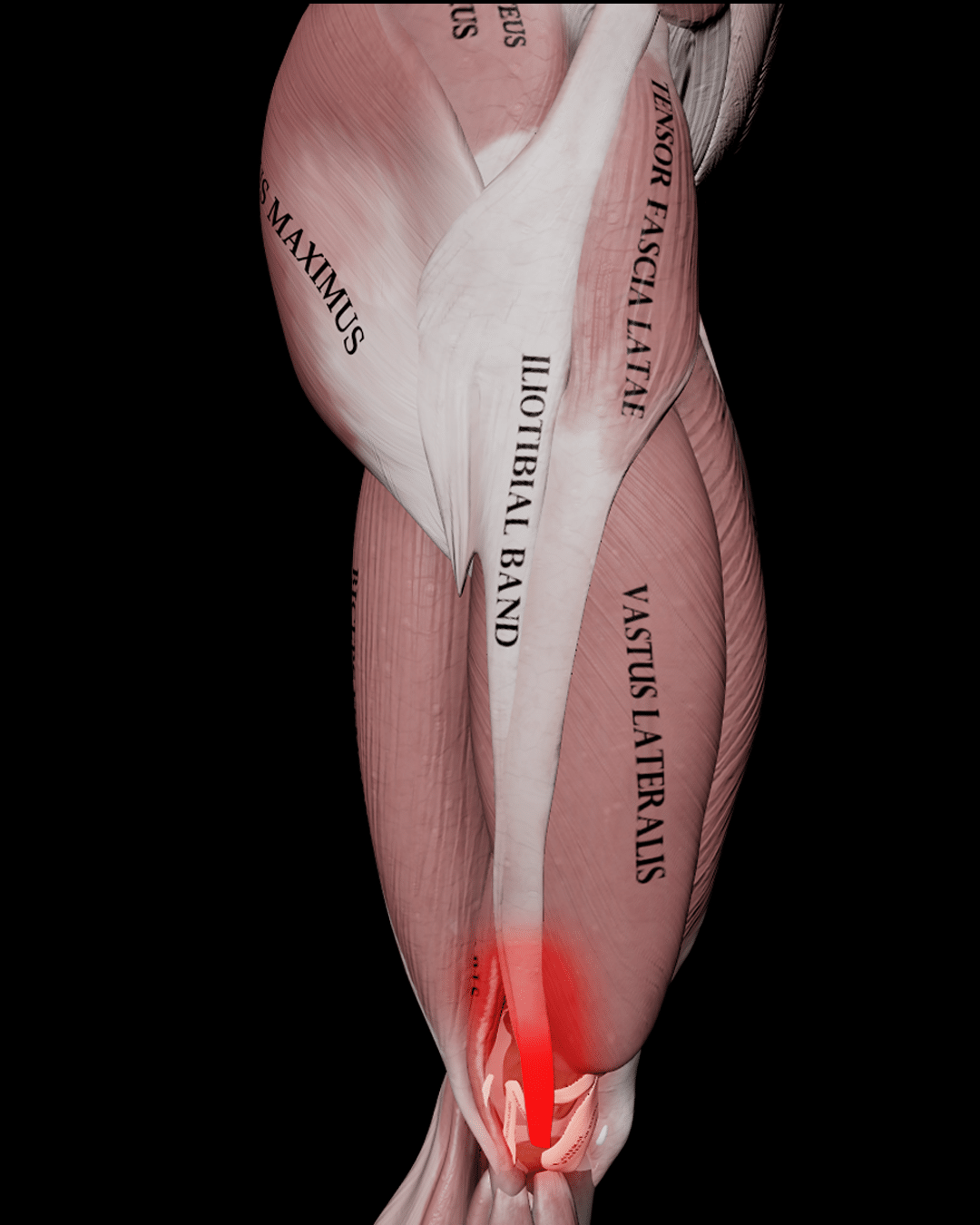
After reviewing the common types of injuries that runners face, it becomes evident that managing and preventing them is a crucial aspect of a runner’s training.
This understanding naturally leads us to explore complementary practices that can aid in this endeavor. One such practice is yoga, which can help manage and prevent running-related injuries.
Yoga’s holistic approach, focusing on strength, flexibility, and mental well-being, aligns perfectly with the needs of runners. In the following sections, we will explore how incorporating yoga into a runner’s routine can be a game-changer in addressing the challenges these common injuries pose.
The benefits of yoga for runners
- Expands body awareness: Yoga tunes you into your body’s subtle signals, fostering an awareness that can help you adjust your running form in real time. This enhanced awareness is vital for detecting early signs of strain or overtraining, which frequently contribute to running-related injuries like ITB syndrome and Achilles tendinopathy. It also aids in making informed decisions about the progression of your training intensity and understanding your body’s recovery capabilities.
- Strengthens muscles: While running works the lower body, yoga offers a comprehensive approach, strengthening muscles that runners often neglect. This includes strengthening the core, hips, and upper body, creating a balanced muscular structure that contributes to more efficient running and can help prevent issues like patellofemoral pain syndrome. Additionally, many yoga poses involve holding positions isometrically, a form of muscle engagement that differs from running. Isometric muscle contraction can help reduce injury risk and fortify weaker areas, offering a complementary strength component to a runner’s training.
- Increases flexibility: Yoga uniquely combines stretching with active muscle engagement. This approach stretches the muscles and requires them to work simultaneously. Such stretching is particularly effective in increasing flexibility in key areas for runners, like the hips, hamstrings, and calves. Improved flexibility in these areas can lead to a longer stride and a decreased risk of muscle strains and sprains.
- Develops your breathing: Breath control is a fundamental aspect of yoga; practicing deep breathing may benefit your running. Regular running often involves shallow breathing, which doesn’t adequately strengthen the respiratory muscles.[2] However, adding Pranayama, a form of yoga focused on deep breathing techniques, to your running routine may offer benefits. With consistent practice over three weeks, Pranayama may enhance aerobic capacity and breathing efficiency during exercise. This suggests that Pranayama could improve respiratory function, as seen in endurance athletes who undergo specialized respiratory training.[3]
In summary, integrating yoga into your running routine can yield significant benefits, including addressing common injuries, enhancing overall performance, and developing effective breathing techniques. By cultivating strength, flexibility, and body awareness, yoga equips runners with the tools for a more balanced, injury-free running experience. Remember, the yoga journey, much like running, is personal and progressive; embrace it at your pace for the best results.
Stay tuned for our upcoming article, in which we will delve deeper into specific yoga poses that are particularly beneficial for runners. These poses will be designed to target areas most susceptible to running-related injuries, ensuring a holistic approach to your running and yoga practice. By combining the physical and mental disciplines of yoga with running, you can unlock new levels of performance and enjoyment in your athletic pursuits.
Take your YOGA to the next level with Dr. Gill Solberg & Muscle and Motion‘s YOGA APP.
An invaluable resource for yoga teachers and yogis seeking to develop a comprehensive understanding of the muscles and joints used in each asana
Sign up for free!
Reference:
- Kakouris, N., Yener, N., & Fong, D. T. P. (2021). A systematic review of running-related musculoskeletal injuries in runners. Journal of Sport and Health Science, 10(5), 513–522.
- Dhungel KU, Malhorta V, Sarkar D, Prajapati R. Effect of alternate nostril breathing exercise on cardiorespiratory functions. Nepal Med Coll J. 2008;10(1):25–27.
- Boutellier U, Buchel R, Kundert A, Spengler C. The respiratory system as an exercise limiting factor in normal trained subjects. Eur J Appl Physiol Occup Physiol. 1992;65(4):347–353.


